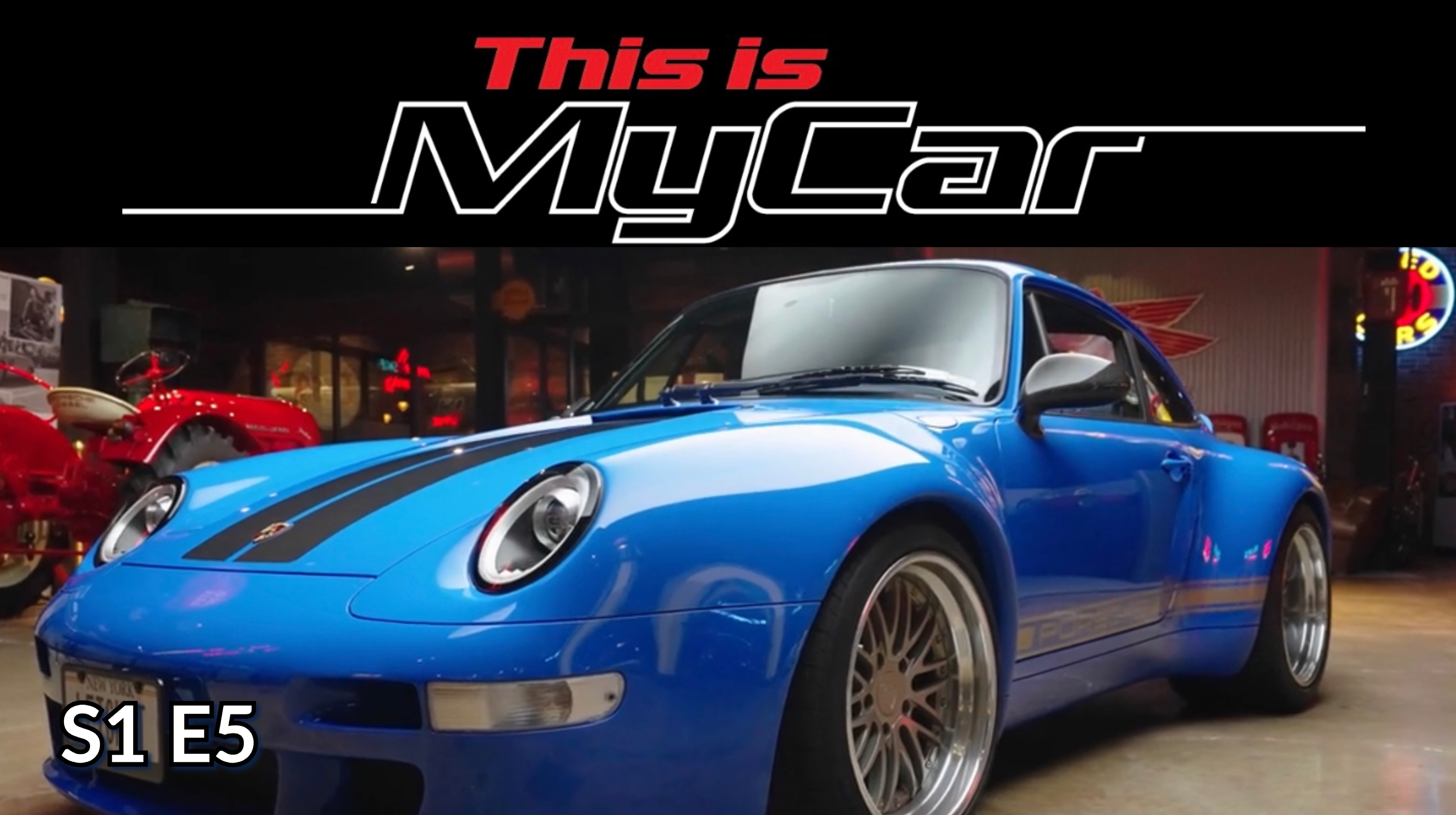The Ultimate 911: the GT2
Published By: PCAR_ORIGINAL

Developed for the track, Porsche's high-performance GT-cars have dominated circuits around the world since the late 1990s with the naturally aspirated GT3 models being the most popular and highly acclaimed by far. As the world celebrated 20 years of the Porsche GT3 in 2019, seemingly everyone overlooked the quarter-century anniversary of the most powerful, visceral, and track-focused 911 of all, the GT2.
As with the GT3, the original road-going GT2 variant was created to satisfy homologation requirements for its targeted FIA racing class. It was based on the platform of the air-cooled 993 Turbo but offered a rear-wheel-drive configuration along with extensive weight saving measures, performance tweaks, and wider wheels accommodated by plastic bolt-on fender flares. It's spartan interior was borrowed from the lightweight Carrera RS and offered minimal creature comforts.
The 1998 Evolution model pushed the envelope even further with extra weight reductions, detailed engine improvements, and more aggressive aerodynamics. Over 400 Ibs. lighter than its all-wheel-drive counterpart and vastly better equipped for performance, the original GT2 was the fastest and most extreme Porsche 911 ever made with less than 200 examples produced in total.
Building off the success of its predecessor, the water-cooled 996 version of the GT2 came about in 1999 once again sharing its platform with the 911 Turbo. This time, however, Porsche had abandoned the GT2 for motorsports in favor of its younger naturally aspirated sibling the GT3. Nonetheless, the 996 GT2 was prepared as the most hardcore road-going 911 yet with a specially tuned version of the twin-turbocharged 3.6L Mezger engine sending over 450 HP to the rear wheels. This 996 came standard with 6-speed manual transmission as well as a limited-slip differential, and Porsche Ceramic Composite Brakes (PCCB). While the second iteration of the GT2 was not developed as a racing homologation special, its raw driving characteristics and violent power delivery earned it a reputation as a brutal track-oriented car fit for the most experienced drivers.
The 997 generation GT2 was launched in 2007 and benefitted from the introduction of twin Variable Turbine Geometry (VTG) turbochargers and a suite of electronic driver aids. It was the tamest GT2 yet, but retained its lively rear-wheel-drive configuration and traditional 6-speed manual gearbox.
The potent RS variant of the 997 GT2 came out in 2010 as a skunk-works effort led by Porsche's engineers to shatter Nürburgring lap records. It also offered a sendoff to the legendary 3.6L twin-turbo Mezger engine. The GT2 RS is a bonified collector's item with only 500 examples produced in total, while the standard 997 GT2 remains perhaps the most underappreciated and undervalued 911 GT-car of all.
The latest GT2 is based upon the 991.2 Turbo and offered in RS-guise only. A supercar by any definition of the word, the 991 GT2 RS remains the most powerful road-going 911 ever created. Its performance figures are impressive, including an output of approximately 700 HP and 6:47.3-minute lap time around the grueling Nürburgring Nordschleife. A host of amenities were available af well as special appointments from Porsche's Exclusive Department. For all its selling points, the current GT2 RS moder lags in the market because of its high production numbers and lack of a manual gearbox.
As the world prepares once again for the release of a new GT2 model based on the 992 platform, enthusiasts are left to wonder whether it will stay true to its hardcore roots or continue down the path of modern refinement so many other supercars have succumbed to.
AUTHOR: G_MUND


















Comments (0)
There are currently no comments.